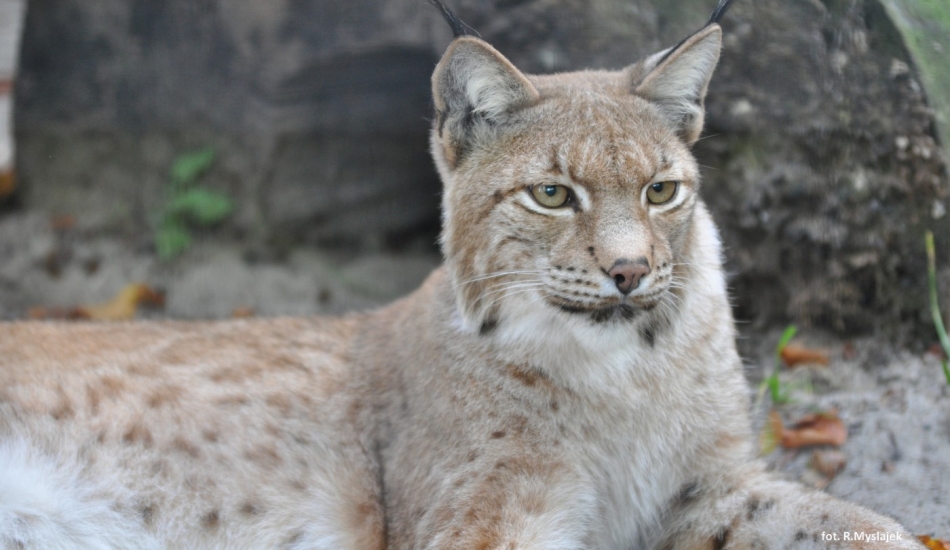
Lynx
Eurasian lynx (Lynx lynx) is the third biggest large predator in Poland. The body mass of adults ranges from 15–35kg. Lynxes inhabiting lowlands of the country have a fawn-coloured coat, with more spotted limbs, while Carpathian lynxes have more or less bright red fur with significant spots of different size and shape.
Lynxes (except females raising kittens) live solitary lives. Individuals occupy their own home ranges. Radio-telemetry studies conducted in the Białowieża Forest (North East Poland) and the Carpathian Mountains (South Poland) revealed that territories of adult males reached 250km2 and 130km2 for females. Male territories can overlap that of two to three female territories.
The mating season occurs in March. Adult males expand their territories to mate with several females living within the area. Usually one or two, rarely three kittens are born in May, and stay with their mother for 10 months. The male does not participate in raising kittens. The lone female hunts effectively, providing kittens with sufficient food. Growing kittens learn how to hunt by observing their hunting mother, and then helping her. They became independent before the next mating season. Some young lynx (mostly females) establish their home ranges close to maternal territories, other (mostly males) disperse more widely to search for a vacant home range.
Lynx prey on wild ungulates, mostly on roe deer (about 60–70% of all prey) and red deer (20–30%) and more rarely on small animals (hares, rodents, birds). In red deer populations, lynx prey on mostly young or weak individuals. However, no such selection has been recorded in roe deer.
